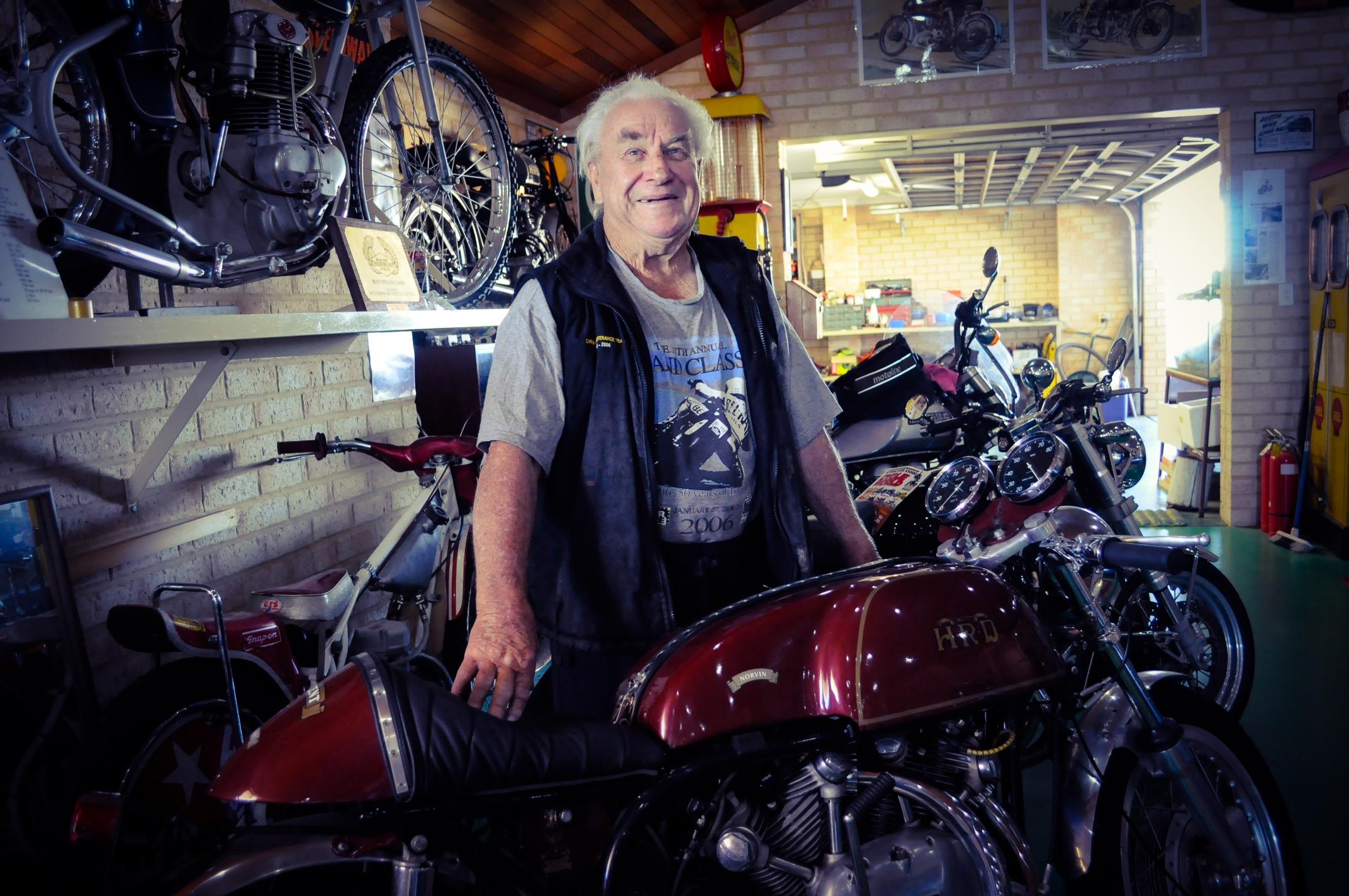
Republished from May 2017.
THE POSTMAN visits a motorcycle enthusiast with a globally significant collection of Vincents.
WEST Australian Ian Boyd did not have any grand ambitions when he decided to start a motorcycle collection. He didn’t even consciously decide to focus his efforts on Vincent motorcycles. His collection started with one Vincent and, well, one thing led to another.
That was 29 years ago, when Ian was a cray-fisherman pondering how to keep busy in his retirement. He has since amassed such an extraordinary collection of Vincent motorcycles that it is regularly referred to as the best in the world.
And it’s difficult to argue with that assertion. Of all the models built by the revolutionary but sadly short-lived British high-performance motorcycle manufacturer, Ian owns at least one of every model — except one. The ultra rare White Shadow has so far eluded Ian’s reach. Only 15 White Shadows were made, and their rarity and collectability were on show last year when a White Shadow (originally painted red, on special order) sold in the USA for $434,000.
Not that anyone visiting Ian’s custom-built bike display showroom, under the main roof of his home north of Perth, is likely to complain. For the most part, visitors are gob-smacked.
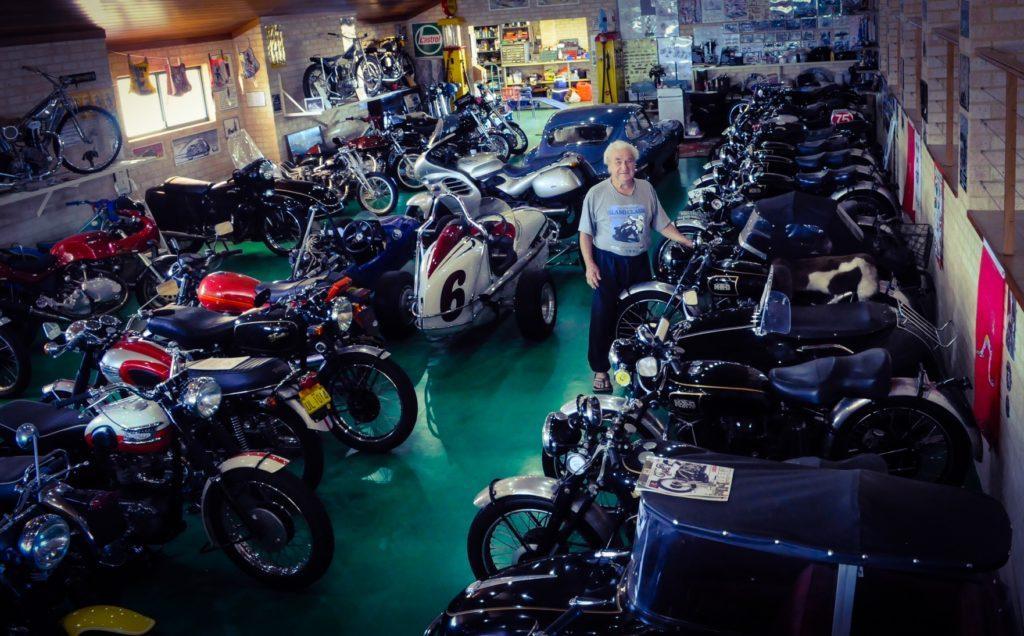
Most bike collectors would give their left arm (and probably part of their right) to have just one Vincent in the shed. Ian has 39. And perhaps even more extraordinary is that you could remove all of the Vincents from Ian’s collection, and you’d still be left with a classic European bike stable to die for. (I’d been ogling the Vincents for a good 15 minutes or so before I noticed the Manx Norton — although I had noticed the 1970 E-type Jaguar).
But it’s the Vincents that steal the show. From a 1935/36 HRD TTR works bike through to Black Shadows and a Black Lightning, and on to a late 1990s RTV 1200 re-creation, Ian’s bikes tell the Vincent story from pre-birth to stardom, and then from financial oblivion to attempted reincarnation.

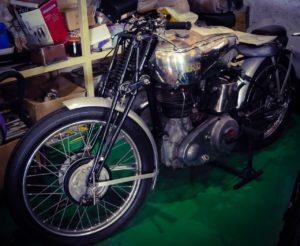
For the uninitiated, the Vincent motorcycle story is a British story — but it’s one with a strong Australian connection.
But first, let’s back up a little.
The first Vincents wore a badge that read ‘Vincent-HRD’, with the ‘HRD’ prominent and the ‘Vincent’ under-stated.
HRD were the initials of Howard Raymond Davies, a British soldier who survived being shot down and taken prisoner of war in World War One and who went on to design and sell high performance motorcycles under the HRD name.
His bikes were mostly powered by JAP engines and were successful on the racetrack. (For the record, JAP engines are not from Japan. JAP was a very English firm created in the early 1900s by a chap named John Alfred Prestwich who used his initials to name his business, as was the practice in those days.)
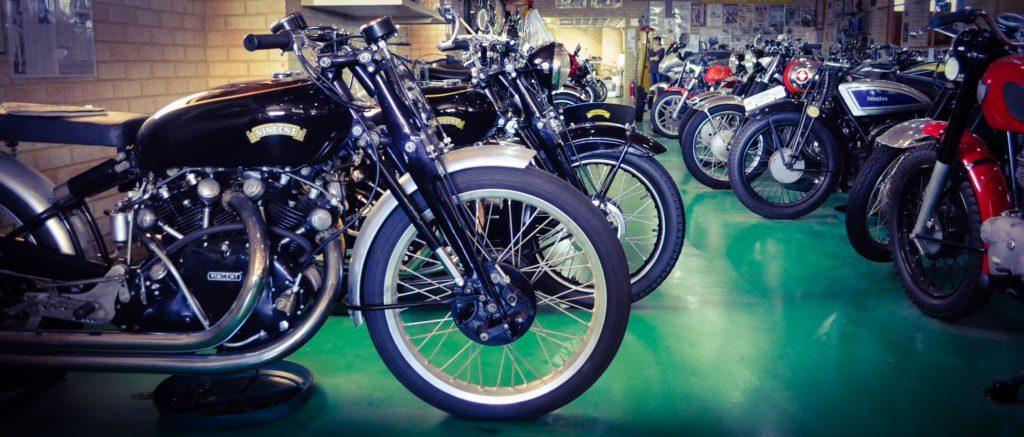
The economics did not work out for HRD and Mr H.R.Davies, and the HRD name changed hands a couple of times, ending with another Brit by the name of Phil Vincent. Now, Phil wasn’t short of a quid — his family had money from Argentinian cattle ranches, as one did — and had already built a bike of his own. He’d also designed and registered a patent for a cantilever rear suspension set-up.
But he saw the economic sense in continuing to use the HRD name, since it had established significant racetrack credibility. Phil used the name Vincent-HRD from 1928 through to 1950, then changed it to ‘The Vincent’ — mostly because the company’s marketing effort was aimed at America, and ‘HRD’ was seen to be too similar to Harley-Davidson’s ‘HD’.
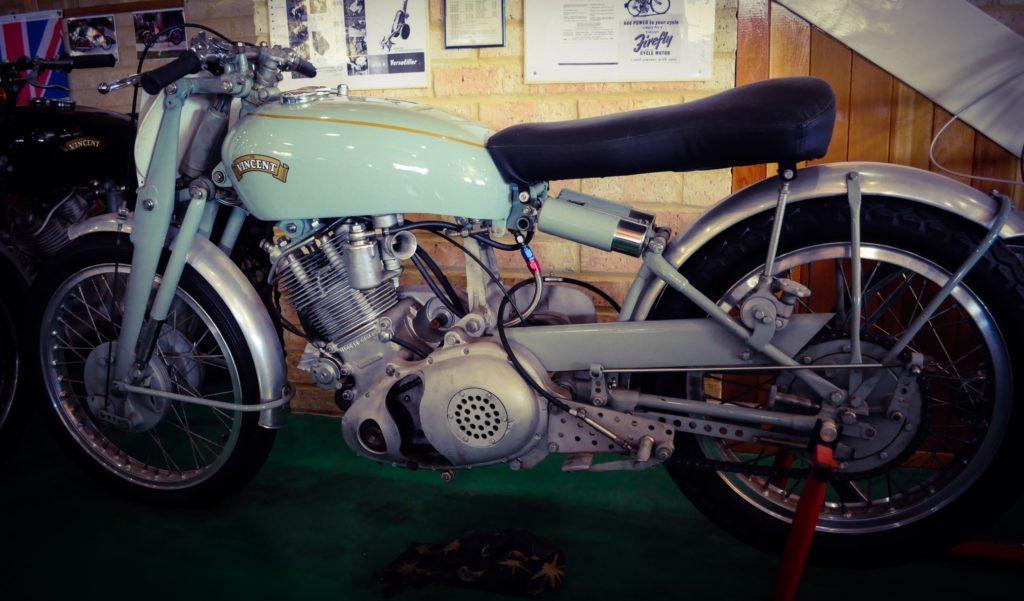
The Australian connection to the Vincent story comes from a brilliant Victorian engineer by the name of Phil Irving. Phil had a motorcycle workshop in Ballarat in the late 1920s but, when the Great Depression forced him out of business he looked further afield for opportunities. A rather unusual opportunity came along in 1930 when he found himself being the mechanic and pillion on the back of a 600cc side-valve Vincent-HRD, undertaking a UK-to-Australia-and-back promotional ride.
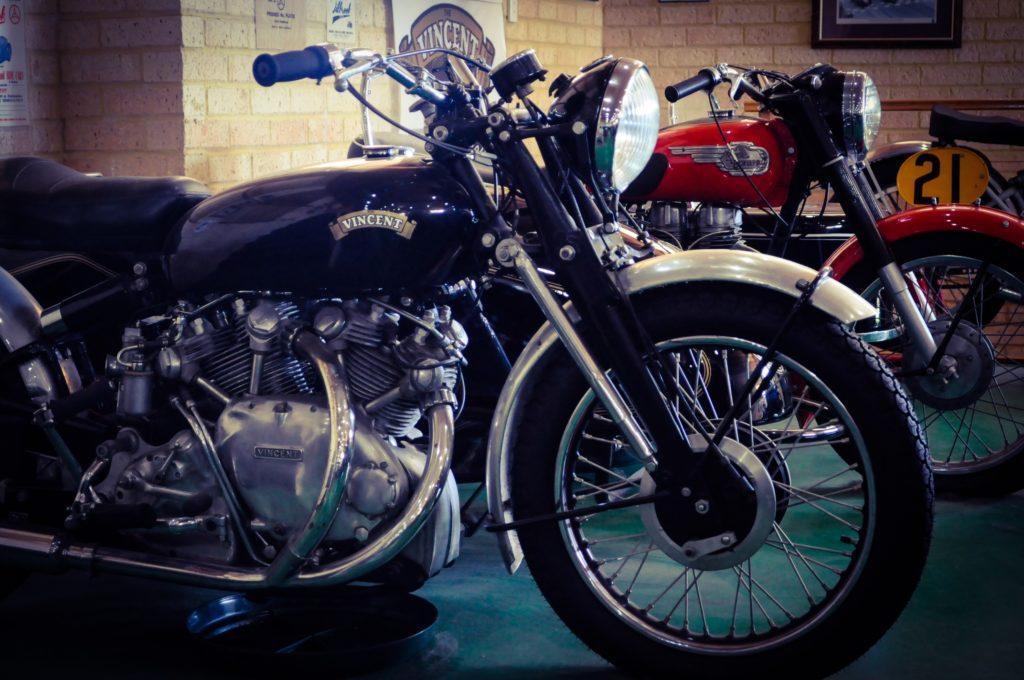
That gig got Aussie-Phil Irving to the UK, and also made him visible to Brit-Phil Vincent. One thing led to another and, before long, Aussie-Phil and Brit-Phil had become great mates, and Aussie-Phil found himself on Brit-Phil’s payroll. It was a successful pairing. In 1934, Aussie-Phil designed an overhead valve 500cc engine which became the basis for The Vincent Meteor and, later, the more racy Comet 500. But a greater contribution was yet to come. In 1936, or so the story goes, Aussie-Phil noticed two Comet 500 engine drawings lying on a table. The drawings were coincidentally resting in a V-formation, looking all the world like a 1000cc V-twin.
Aussie-Phil and Brit-Phil agreed mating Comets was a grand idea, and so the 1000cc Vincent motor was born, in turn giving birth to the 45-horsepower 110mph Vincent Rapide. The Rapide evolved through multiple incarnations over the years including the legendary Black Shadow and the Shadow’s high-performance sports variant, the Black Lightning, which used aluminium in place of steel wherever possible and weighed in at a startling 170kg (compared with the Black Shadow’s 208kg).
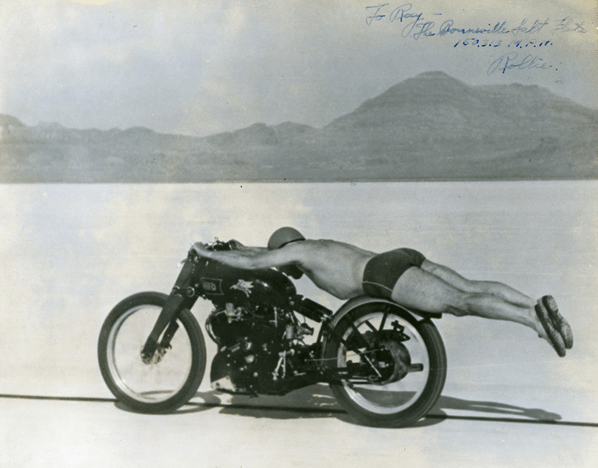
It is generally (but not universally) agreed that American racer Rolland Free was riding a Black Lightning in 1955 when, wearing not very much at all, he set a world record speed of 184.83mph at the Bonneville salt flats.
Amazingly, just as Rollie Free and that great photo were making Vincent a household name across the world, the end was nigh. Late in 1955, Brit-Phil announced that Vincent’s bike-building days were over.
(Footnote: Aussie-Phil returned to Australia in 1949 and continued in the engine-design business. He was famously recruited by Aussie motoring legend Jack Brabham in 1963 to design a Formula One engine. Aussie-Phil did just that — a three-litre V8, supposedly with BSA Gold Star cam profiles — and Jack won the 1966 Formula One Driver’s Championship and the Manufacturers’ Championship using that engine. Phil died in 1992 at the age of 89.)
Here’s a few more pics from Ian’s collection. They’re all loaded in high definition, so click on each one for a good sticky-beak:
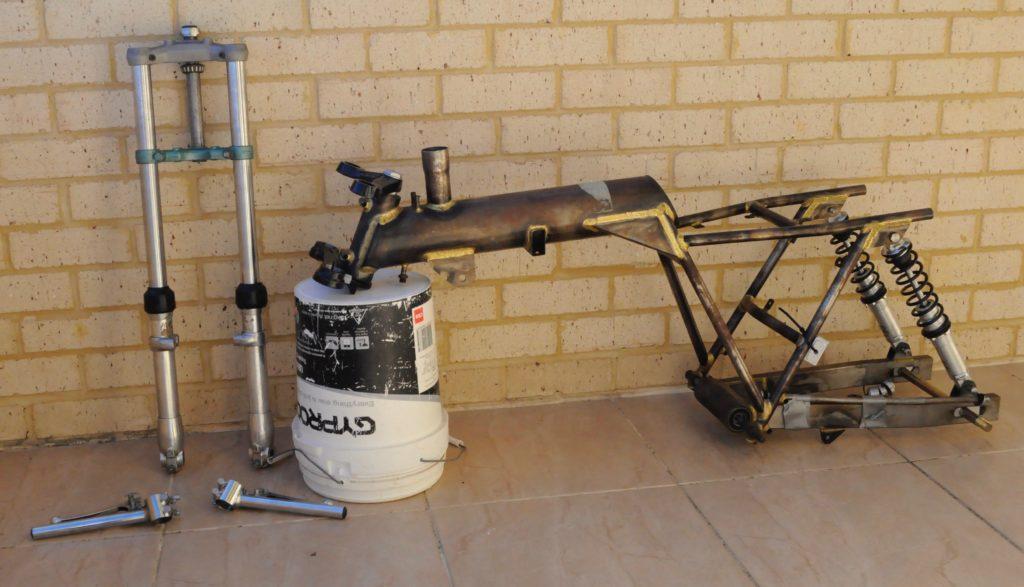
Want one? We’ve got one for sale!
This superb 1948 HRD Vincent Rapide will be offered for sale by online auction. Bidding opens 12 noon, Sydney time, on Saturday April 20th, 2024. The bike is available for inspection in Sydney, NSW. Registered bidders will be able to speak with the seller and inspect the bike prior to bidding.
Click here for the details
Also see:
The Barber Museum – the world’s best bike museum?
The Britten V1000 – a Kiwi who built a bike to beat the world.
Moto Guzzi’s 1954 V8 – faster than a speeding seagull. Much faster.
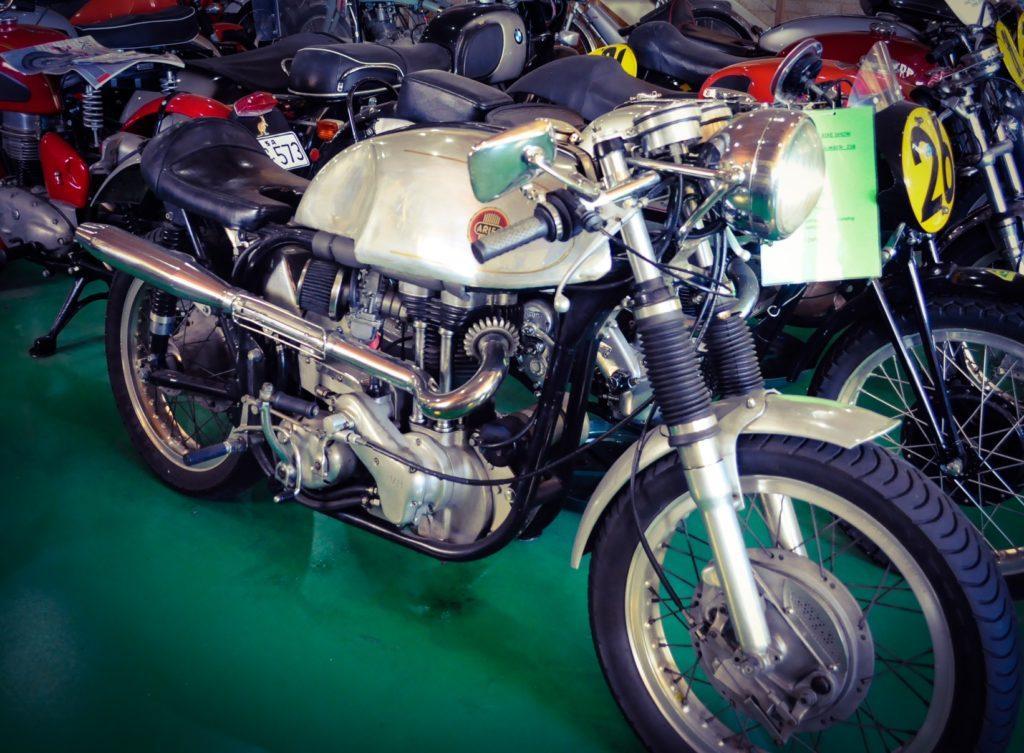
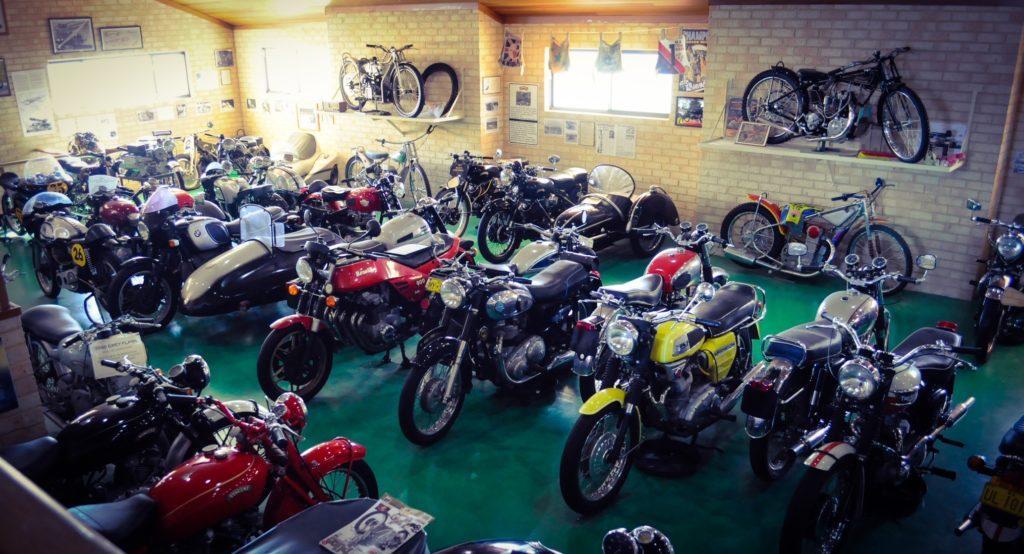
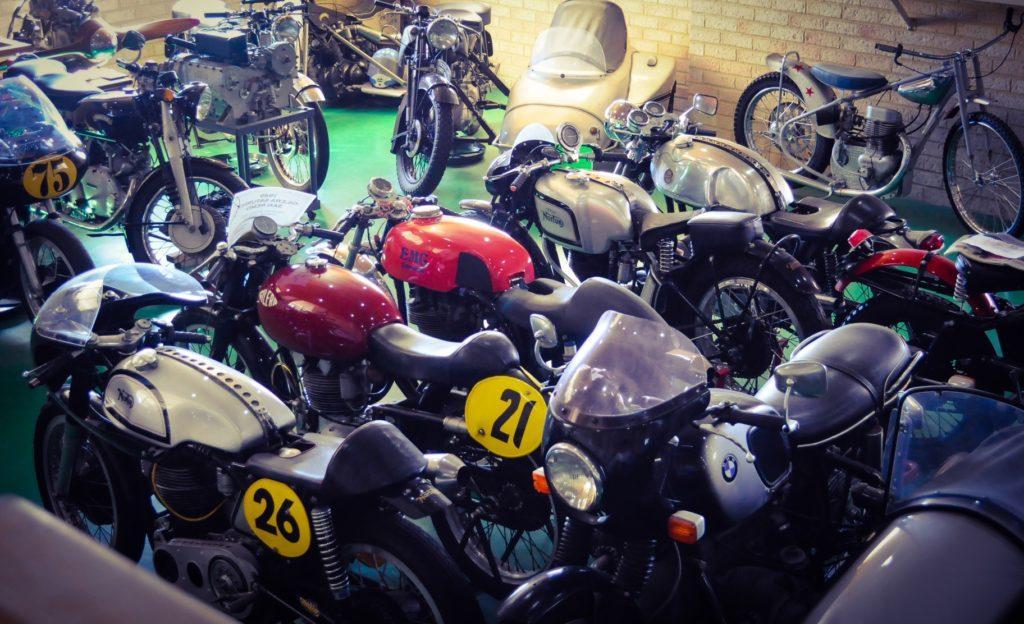


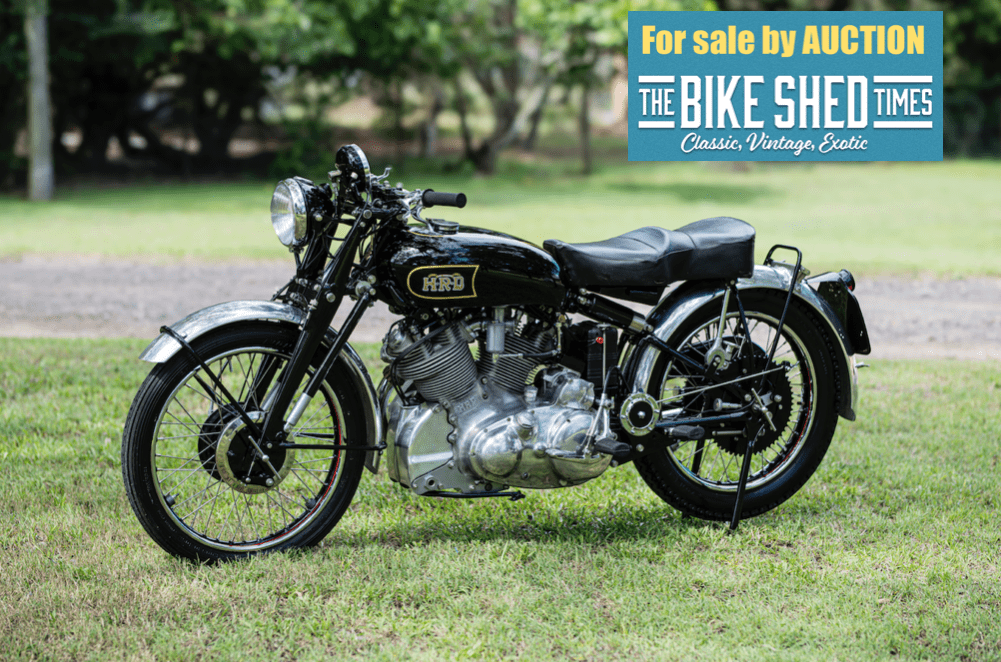
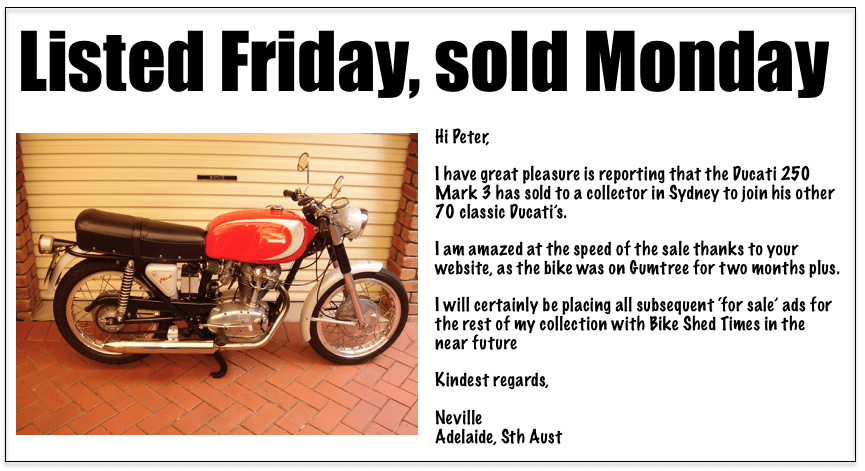


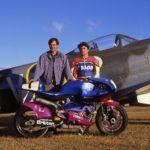
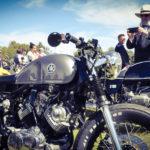
Hi Ian. Watched part of your collection on the TV last week end and thought I could add a bit of history. My father Johnnie Walker was a Junior in the Elder Smiths Crystal Brook office in the 1920 period. He always talked about his Rudge Dirt Track Special bike he owned at that time. In fact for a 10 bob bet two mates held the front and back doors open to one of the Hotels and rode the bike through the passageway and off into the night. No helmet nor head light, only the moon above. He lived till he was 72 and died of old age.
Vincent is amazing and so are you to:)
This is a stunning effort, Ian!
You are incredible!
Great find, Editor! Thanks!
😉
Great to see these magnificent machines in such great condition. Congratulations on saving these classics Ian.
Hi Ian. I met you when Stephen Dearnley visited Perth, on his last ride around Australia on a borrowed 600cc scooter. Glad you are still enjoying your retirement hobby. Regards. Buzz.
Great collection Ian. Hopefully next time I am through that way, if it can be organized, I will call in and check it out again. Cheers.
Amazing collection, wow!! Well done Ian!
That is one great collection. Can any one see it and, if so, how do you make a date with Ian? I would love to be able to see such a wonderful collection. Cheers
John, your best bet would be to email Ian at ianjboyd@bigpond.com . — The Editor.